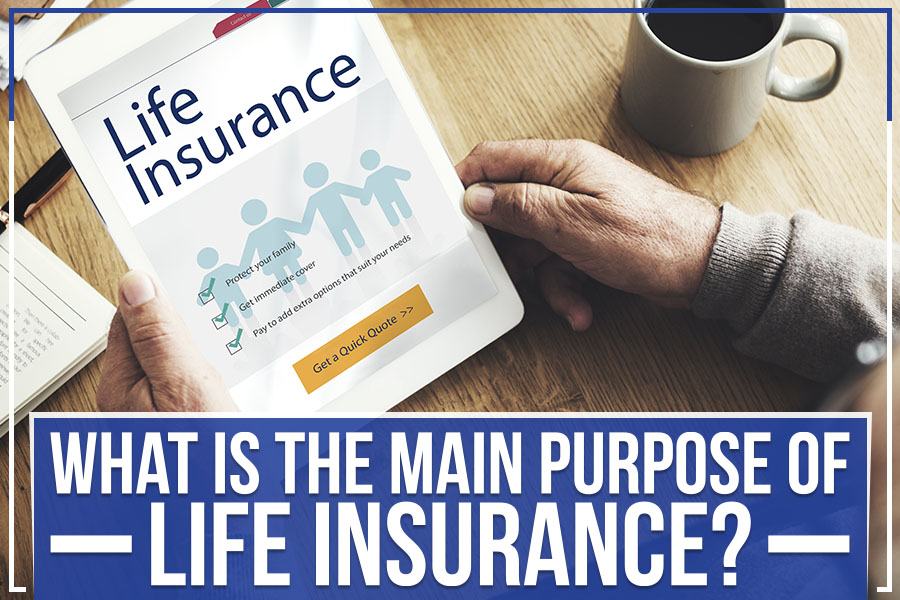The Greatest Guide To Pacific Prime
The Greatest Guide To Pacific Prime
Blog Article
9 Simple Techniques For Pacific Prime
Table of ContentsThe Basic Principles Of Pacific Prime See This Report on Pacific PrimeThe smart Trick of Pacific Prime That Nobody is Discussing9 Simple Techniques For Pacific PrimeThe 8-Minute Rule for Pacific Prime

This is because the information were collected for a period of solid financial efficiency. Of the approximated 42 million people that were without insurance, almost about 420,000 (concerning 1 percent) were under 65 years of age, the age at which most Americans end up being qualified for Medicare; 32 million were adults between ages 18 and 65, around 19 percent of all adults in this age team; and 10 million were kids under 18 years of age, concerning 13.9 percent of all children (Mills, 2000).
These quotes of the number of individuals without insurance are created from the annual March Supplement to the Present Population Study (CPS), carried out by the Demographics Bureau. Unless otherwise kept in mind, national price quotes of people without wellness insurance and proportions of the populace with different sort of insurance coverage are based on the CPS, one of the most extensively made use of source of estimates of insurance coverage and uninsurance rates.
Pacific Prime Things To Know Before You Get This

Still, the CPS is specifically useful due to the fact that it creates annual price quotes fairly quickly, reporting the previous year's insurance coverage estimates each September, and since it is the basis for a consistent collection of quotes for greater than two decades, enabling evaluation of fads in coverage gradually. For these reasons, in addition to the considerable usage of the CPS in various other studies of insurance protection that are offered in this record, we depend on CPS quotes, with restrictions kept in mind.

The quote of the number of uninsured people broadens when a populace's insurance policy condition is tracked for numerous years. Over a three-year duration beginning early in 1993, 72 million individuals, 29 percent of the U.S. https://pacificpr1me.weebly.com/. population, lacked coverage for at the very least one month. Within a single year (1994 ), 53 million individuals experienced a minimum of a month without protection (Bennefield, 1998a)
6 out of every 10 without insurance grownups are themselves employed. Although functioning does enhance the chance that one and one's member of the family will certainly have insurance coverage, it is not a warranty. Even participants of family members with 2 permanent wage earners have virtually a one-in-ten opportunity of being without insurance (9.1 percent uninsured price) (Hoffman and Pohl, 2000).
Pacific Prime for Dummies
New immigrants make up a significant percentage of individuals without medical insurance. One evaluation has connected a significant part of the current growth in the size of the united state without insurance populace to immigrants that showed up in the nation between 1994 and 1998 (Camarota and Edwards, 2000). Recent immigrants (those that came to the USA within the past 4 years) do have a high price of being without insurance (46 percent), yet they and their kids represent simply 6 percent of those without insurance coverage country wide (Holahan et al., 2001).
The partnership in between health and wellness insurance and accessibility to care is well developed, as documented later in this phase. Although the partnership in between health insurance and health outcomes is neither direct neither basic, an extensive medical and wellness services research literary works links medical insurance protection to enhanced access to care, better quality, and enhanced personal and populace wellness condition.
Levels of evaluation for taking a look at the results of uninsurance. It concentrates particularly on those without any health insurance coverage for any length of time.
Get This Report on Pacific Prime
The issues dealt with by the underinsured are in some respects similar to those faced by the uninsured, although they are usually much less extreme. Health and wellness insurance, nonetheless, is neither needed neither enough to gain accessibility to medical solutions. The independent and direct impact of health and wellness insurance policy protection on accessibility to wellness services is well developed.
Others will obtain the health treatment they need even without medical insurance, by paying for it out of pocket or seeking it from carriers that supply care cost-free or at highly subsidized rates. For still others, health insurance alone does not make certain invoice of treatment as a result of various other nonfinancial obstacles, such as a lack of healthcare service providers in their neighborhood, limited access to transportation, illiteracy, or etymological and social differences.
The 5-Second Trick For Pacific Prime
Formal study concerning uninsured populations in the USA dates to the late 1920s and very early 1930s when the Board on the Cost of Medical Treatment generated a series of records about financing medical professional workplace sees and hospitalizations. This issue became imp source significant as the numbers of clinically indigent climbed throughout the Great Anxiety.
Report this page